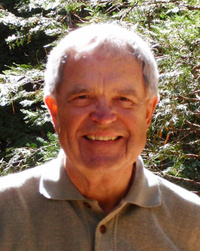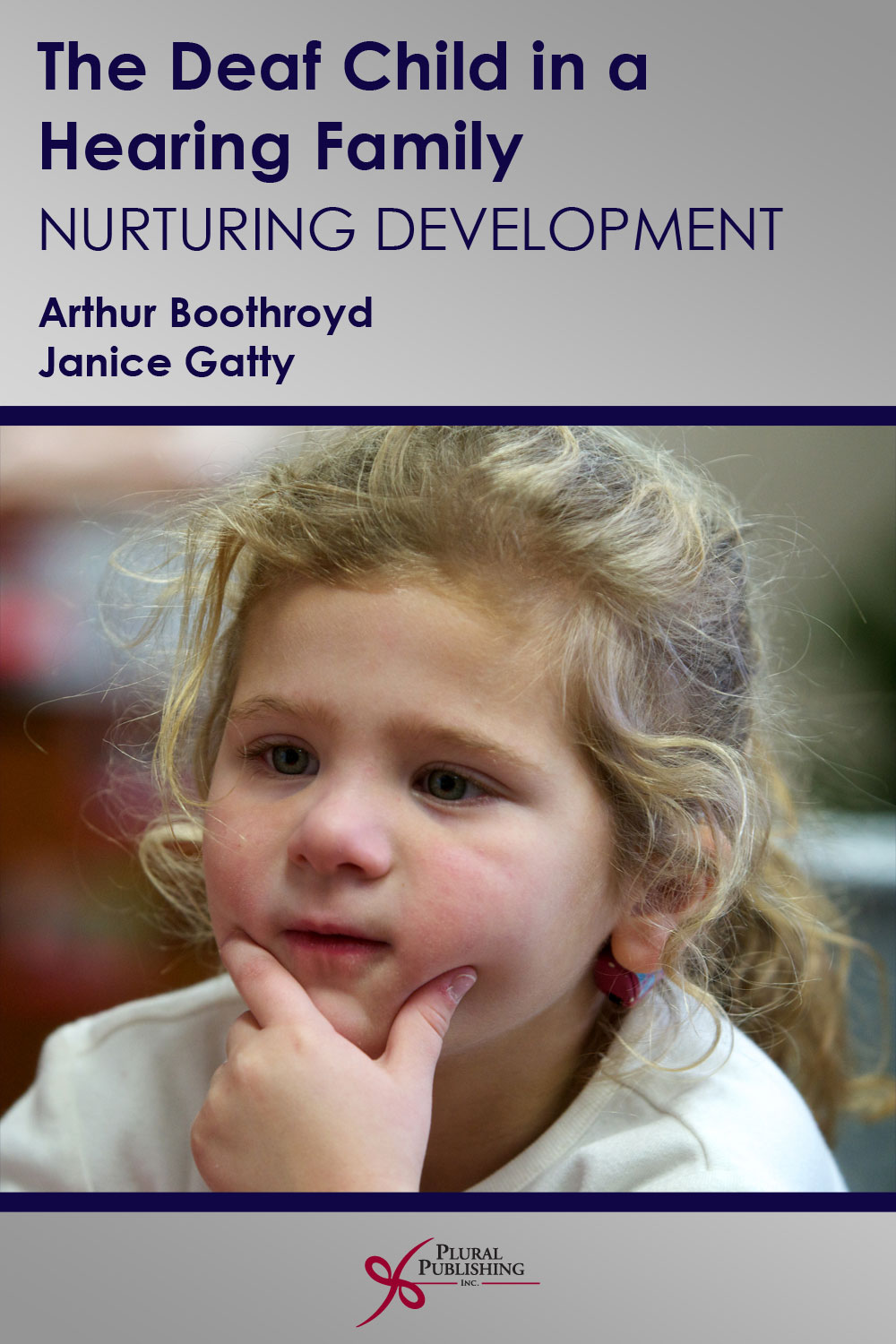
The Deaf Child in a Hearing Family: Nurturing Development
First Edition
Arthur Boothroyd, Janice Gatty
Details: 256 pages, B&W, Softcover, 6 x 9"
ISBN13: 978-1-59756-394-9
© 2012 | Available
For Instructors
Purchase
Hearing enables us to identify events from the sounds they make. Because sound travels a long way, we can identify events at a distance. Because sound travels rapidly we can identify events almost as soon as they occur. And because sound travels around corners we can identify events even when the objects involved cannot be seen.
One of the roles of hearing is that of watchdog. It works when we are not looking. It works when our eyes are closed. And it even works when we are asleep. During evolution, the survival advantages of such a sense are obvious. Many animals have further capitalized on hearing by generating sounds and using them for communication. In human beings, this development has merged with advanced cognitive abilities to produce spoken language. Language, regardless of its form, is key to many aspects of human development--cognitive, intellectual, literary, cultural, social, and emotional. Spoken language is the form of choice in all human societies. And hearing is crucial to the spontaneous acquisition of spoken language by the developing child. Conversely, hearing deficits place the development of spoken language at risk. And language deficits place most other aspects of development at risk. The importance of identifying childhood hearing loss as early as possible cannot be overemphasized. Nor can the importance of speedy and effective intervention designed to minimize both the hearing deficit and its developmental impact.
This book is based on the assumption that the parents are hearing and that spoken-language competence has been established as a goal. Divided into six parts, the authors first summarize basic information on sound, hearing, hearing loss, language, speech, speech perception, and child development. For some readers, this will be a review of information already covered. For others it will serve as an introduction. Either way, it provides a background from which to draw implications about the management of hearing loss. The authors then move on to deal with sensory aspects of management, including information on hearing aids, cochlear implants, assistive listening devices, room acoustics, and lipreading. The assumption is that a first step in management is to optimize and capitalize on hearing when it is present and provide supplements when it is not. The third part deals with steps that can be taken to enrich the child's learning environment.
The task of the child is learning; the task of those who interact with the child is to provide enriched environments and experiences that will facilitate and speed learning. Some of this enrichment may occur in clinical settings, some in day-care or preschool settings, and some, perhaps most, in the home. A section on social-emotional issues addresses the reactions of parents to the discovery that their child has a hearing loss, and the promotion of social-emotional development of the child, focusing on the need to avoid overemphasis on attainment at the expense of affiliation. The penultimate part deals with assessmentboth formal and informal. The authors' position is that the creation of an optimal learning environment depends on knowledge and awareness of the child's capacities, abilities, and performance. This information, they assert, is essential for planning an effective, individualized program, for monitoring progress and adapting strategies, and for assessing outcome. The final part brings all the aforementioned topics together and discusses the needs for comprehensive intervention programs and intervention teams.
For audiologists in clinic, for school-based audiologists and speech-language pathologists, and for special educators, the wisdom and many years experience shared here make this book an essential and practical guide to the effective management of hearing loss in children.
Reviews
"...There is a clear need for better multidisciplinary team working around the needs of the family on a platform of shared knowledge. This book is aimed at students in the field of children's hearing and for families with deaf children. However the wealth of information contained within it has relevance for practicing audiologists, early intervention teachers and therapists, or anyone trained over a decade ago.
The content introduces and consolidates components of hearing science and technology with the neural potential of new learning for infants and young children, with enviable skill and insight. The technology for hearing is key, but the emphasis is on building opportunities for learning and hearing skills around meaningful communication within the family.
...This is a book that changes emphasis from the nuts and bolts of knowledge required by professionals to the holistic context of the child in his [or her] family...[It is] a reminder of the need for common understanding by the hearing support team and family...This book does it for me. This is my new course book for pediatric audiology."
—Josephine Marriage, PhD, Chear Ltd, University of Cambridge, ENT & Audioloy News (Sept/Oct. 2013)
Preface
Part 1. Hearing Loss and Child Development
- Hearing and Sound
- The Sounds of Speech
- Hearing Mechanisms and Hearing Processes
- Hearing and Development
- Hearing Impairment and Hearing Loss
- Hearing Tests
- Hearing Aids and Cochlear Implants
Part 2. Management of Hearing Loss in Young Children
- Hearing Capacity
- Hearing Skill
- Spoken Language
- Socio-Emotional Function
- Families
Appendix A. Laws
Appendix B. SPLograms
Appendix C. FM Amplification and Infants
Appendix D. Formal Tests
References
Index
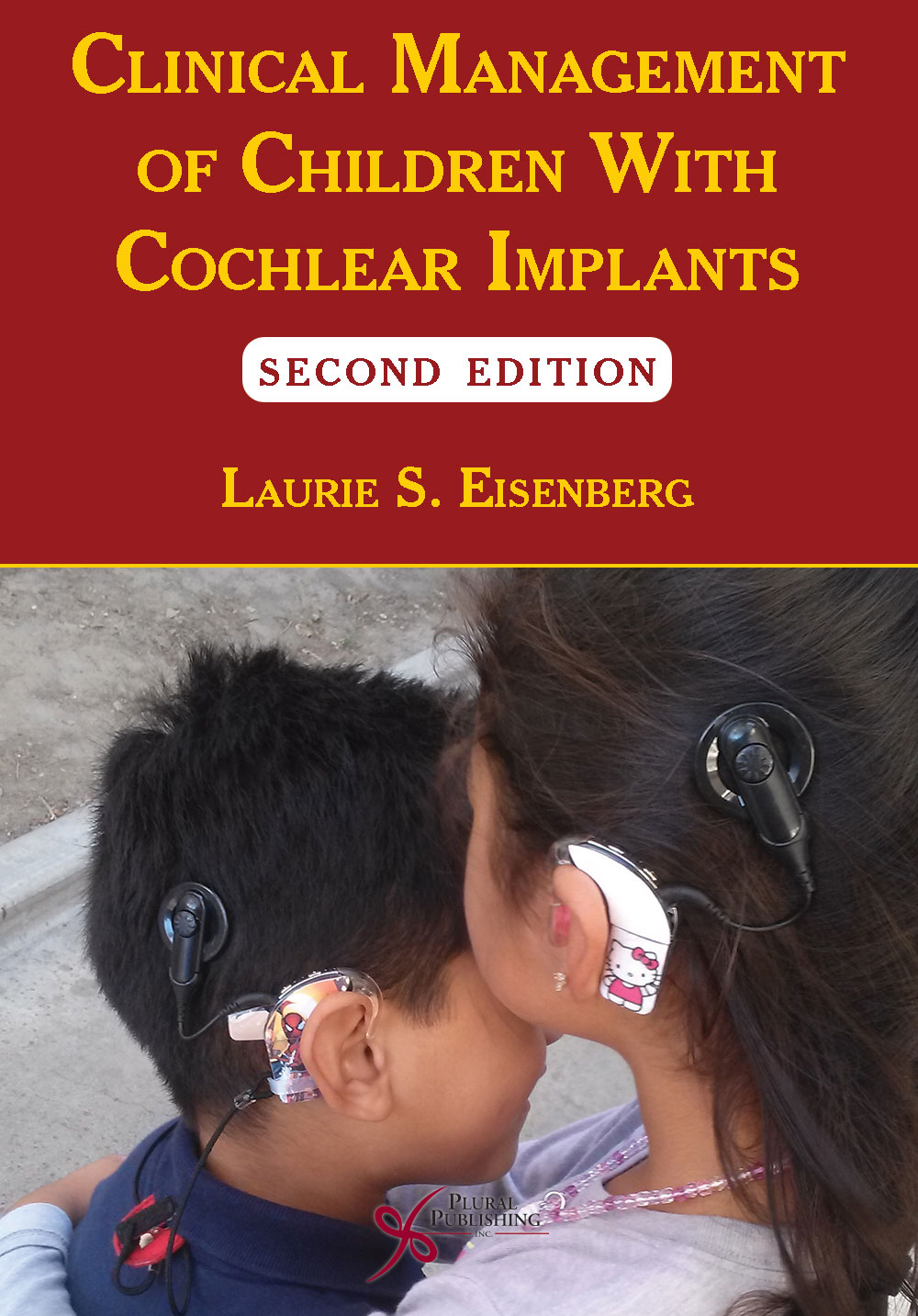
Clinical Management of Children With Cochlear Implants
Second Edition
Laurie S. Eisenberg
Details: 890 pages, B&W, Softcover, 7" x 10"
ISBN13: 978-1-59756-723-7
© 2017 | Available
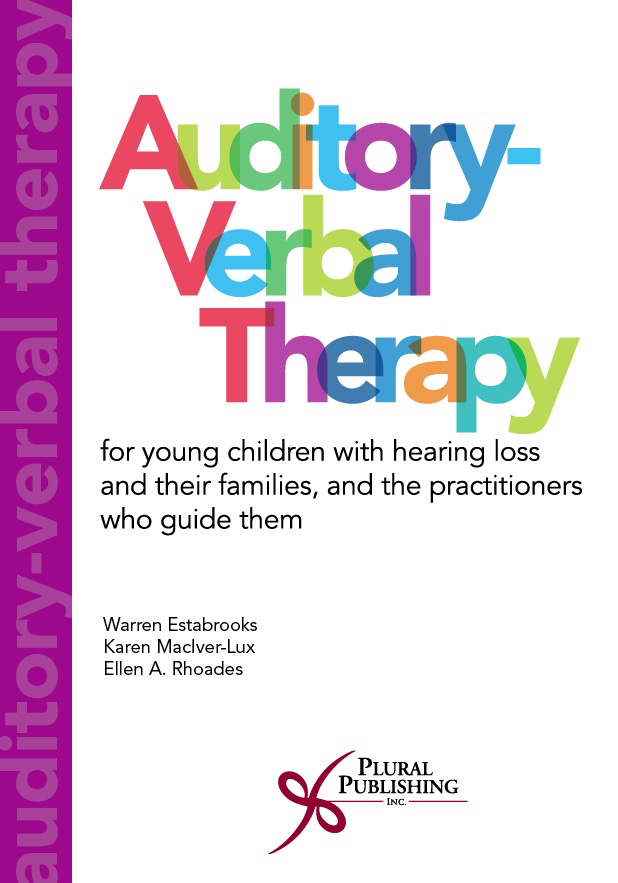
Auditory-Verbal Therapy: For Young Children with Hearing Loss and Their Families, and the Practitioners Who Guide Them
First Edition
Warren Estabrooks, Karen MacIver-Lux, Ellen A. Rhoades
Details: 602 pages, B&W, Hardcover, 7" x 10"
ISBN13: 978-1-59756-888-3
© 2016 | Available
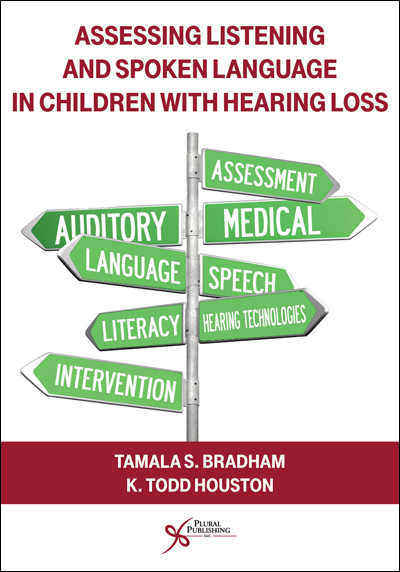
Assessing Listening and Spoken Language in Children with Hearing Loss
First Edition
Tamala S. Bradham, K. Todd Houston
Details: 496 pages, B&W, Softcover, 7" x 10"
ISBN13: 978-1-59756-576-9
© 2015 | Available
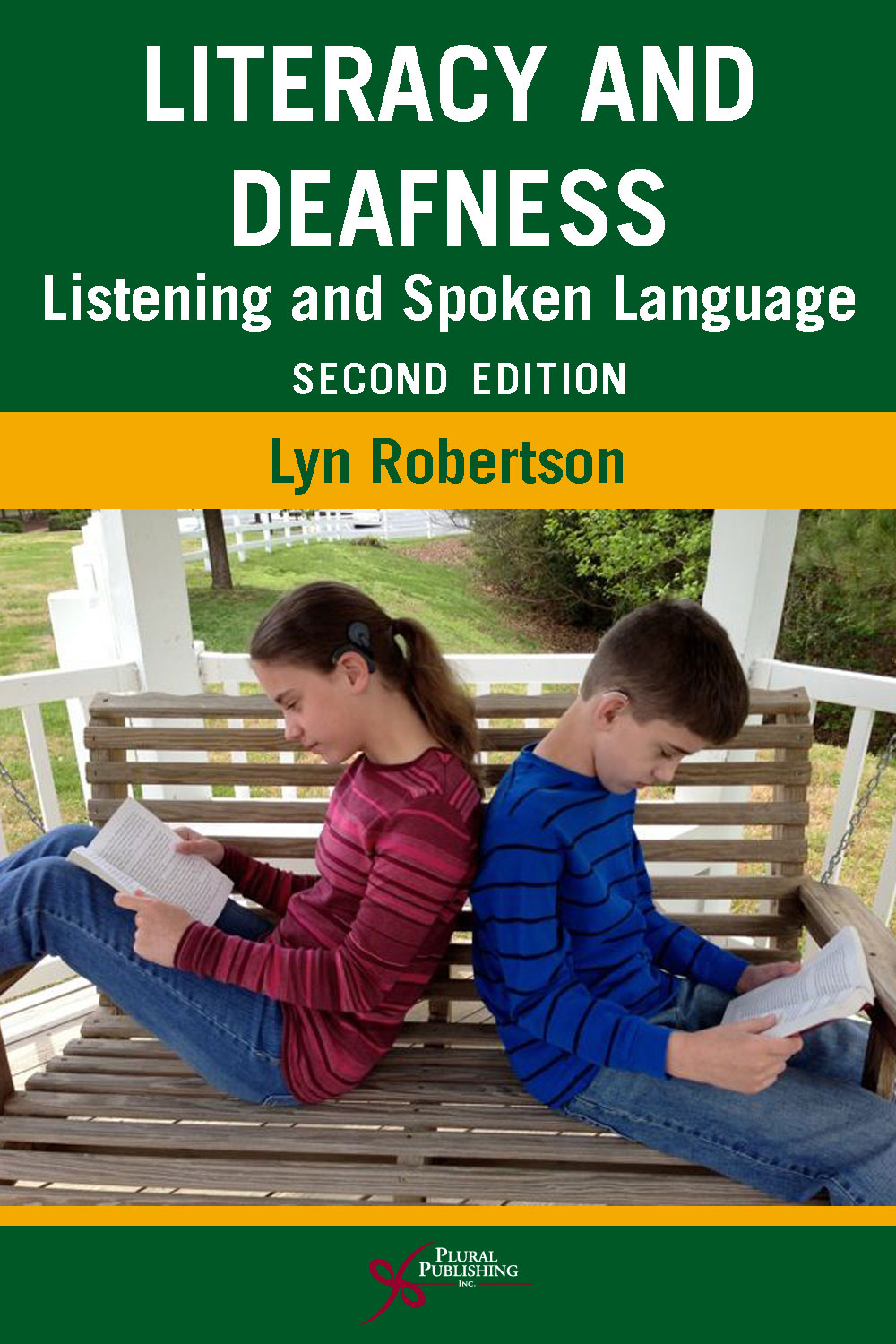
Literacy and Deafness: Listening and Spoken Language
Second Edition
Lyn Robertson
Details: 400 pages, B&W, Softcover, 6" x 9"
ISBN13: 978-1-59756-557-8
© 2014 | Available

